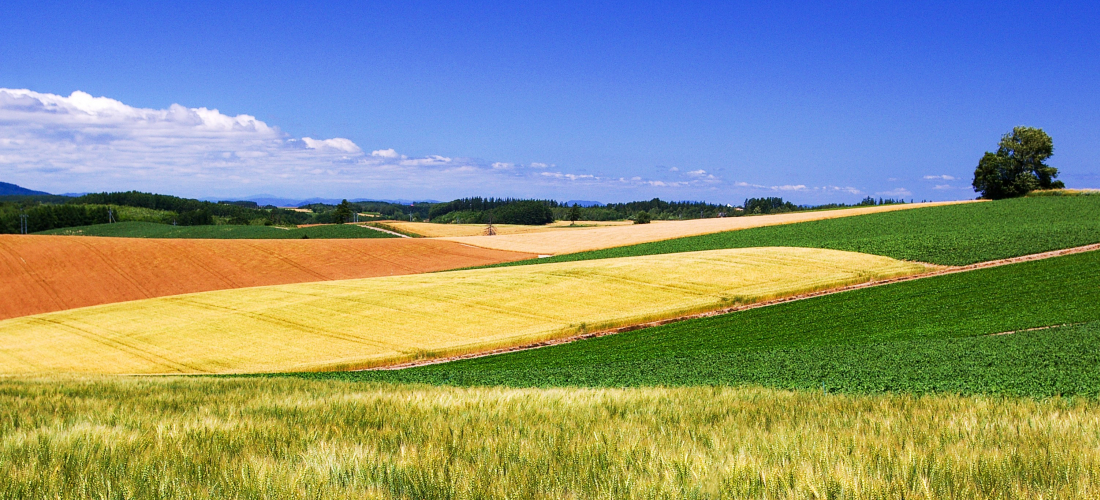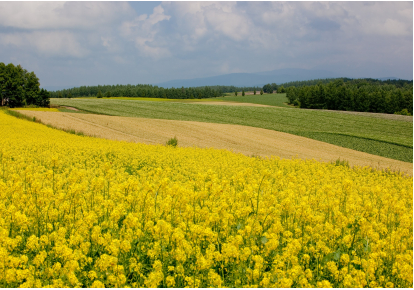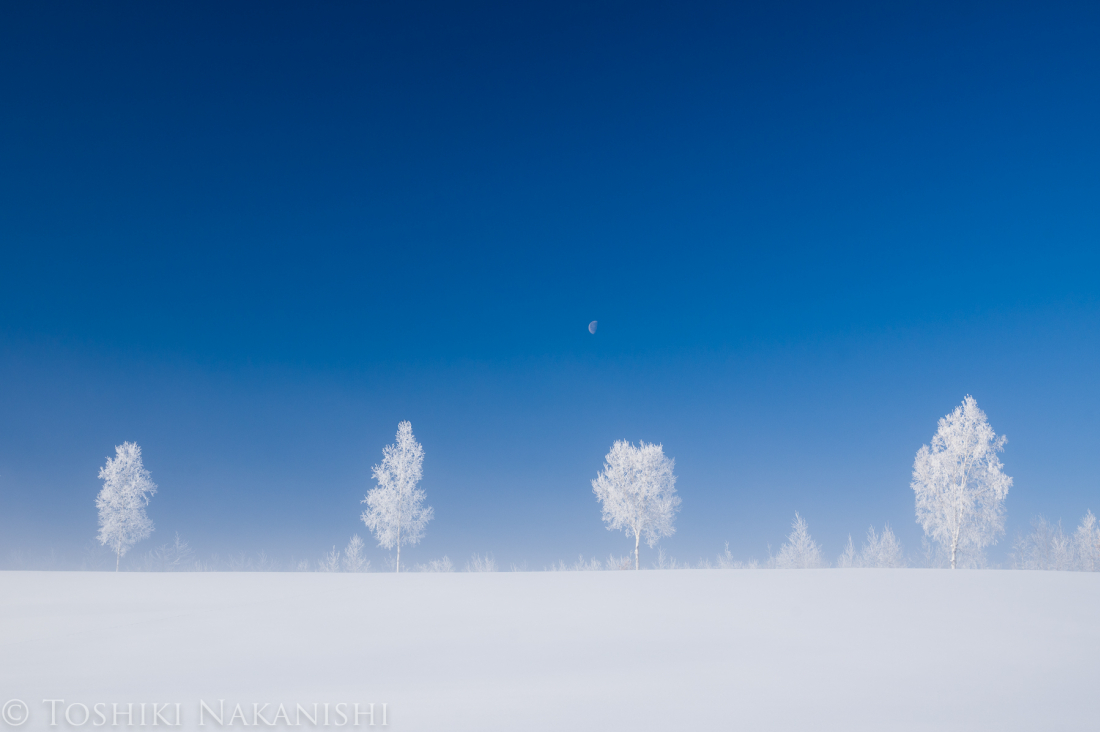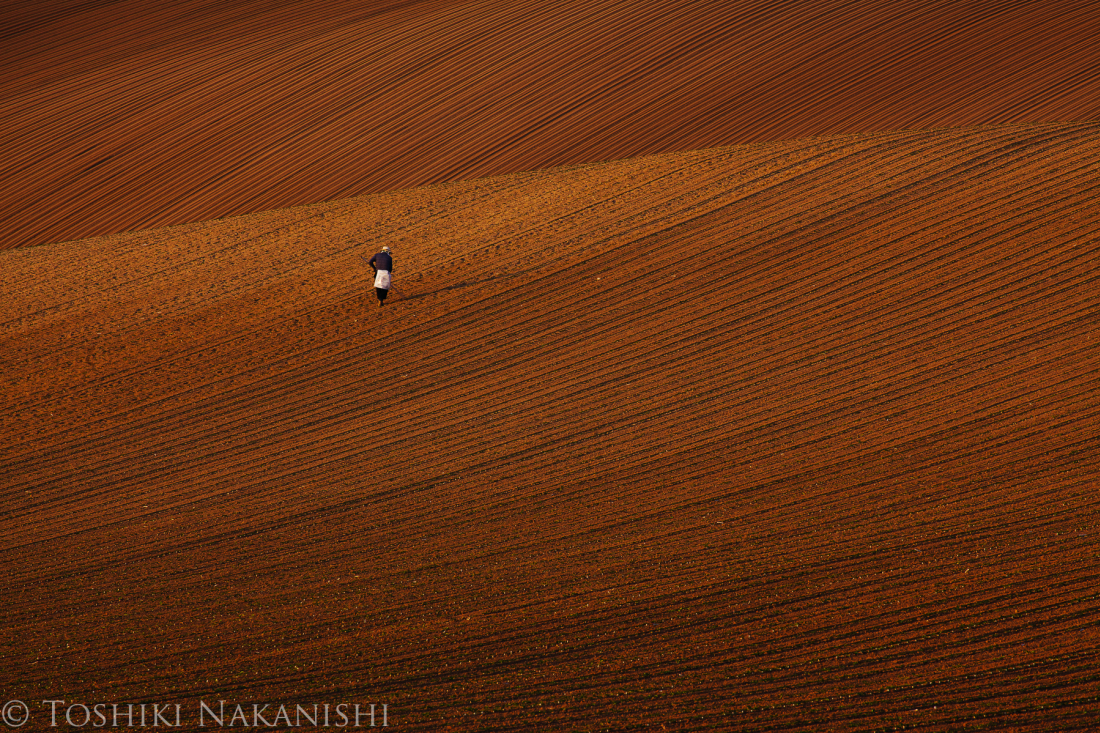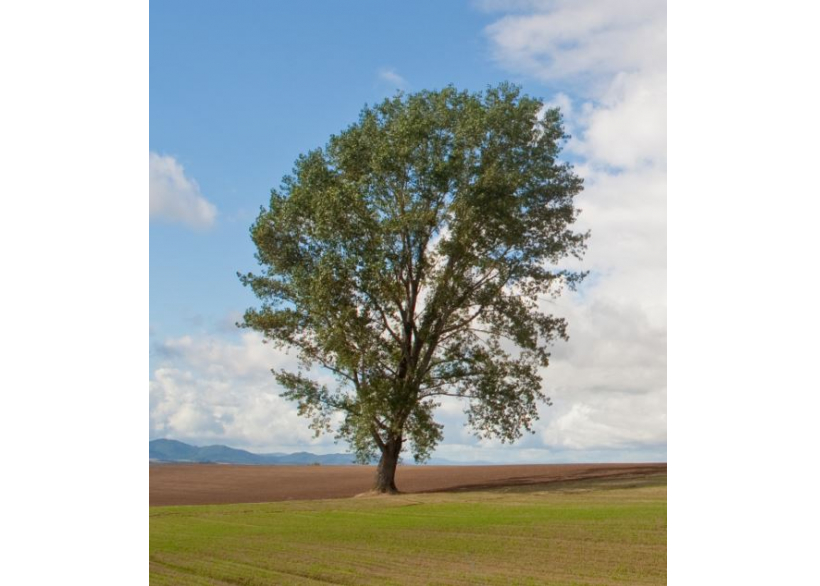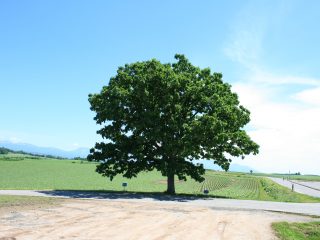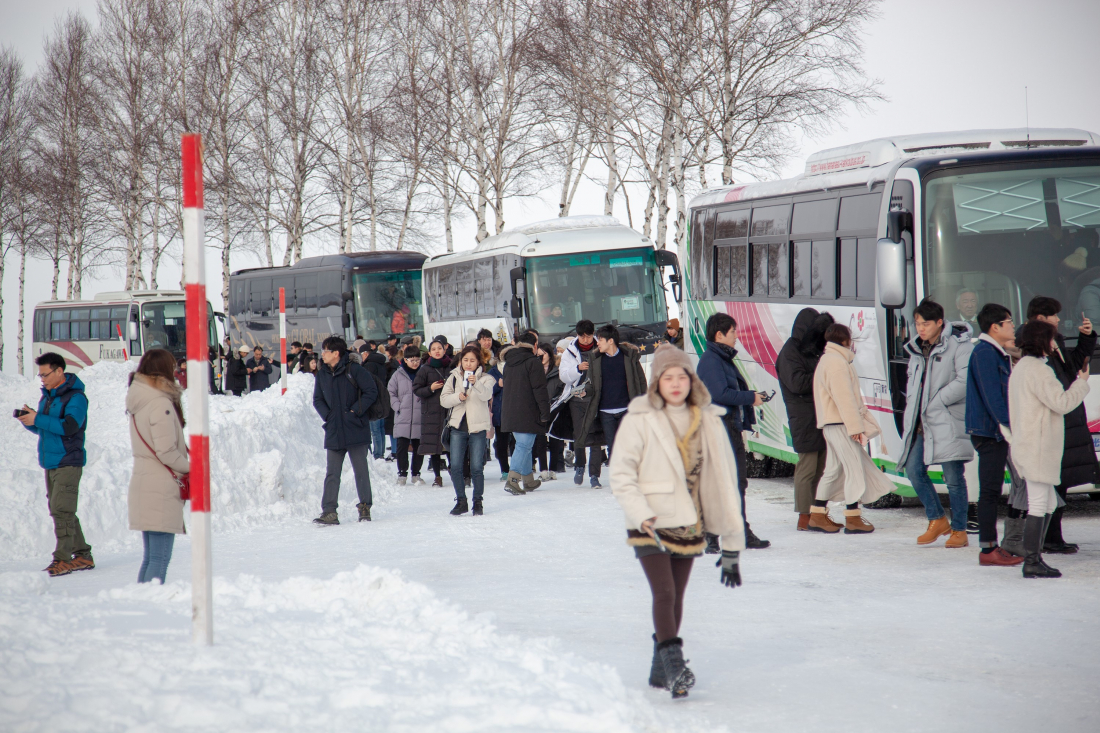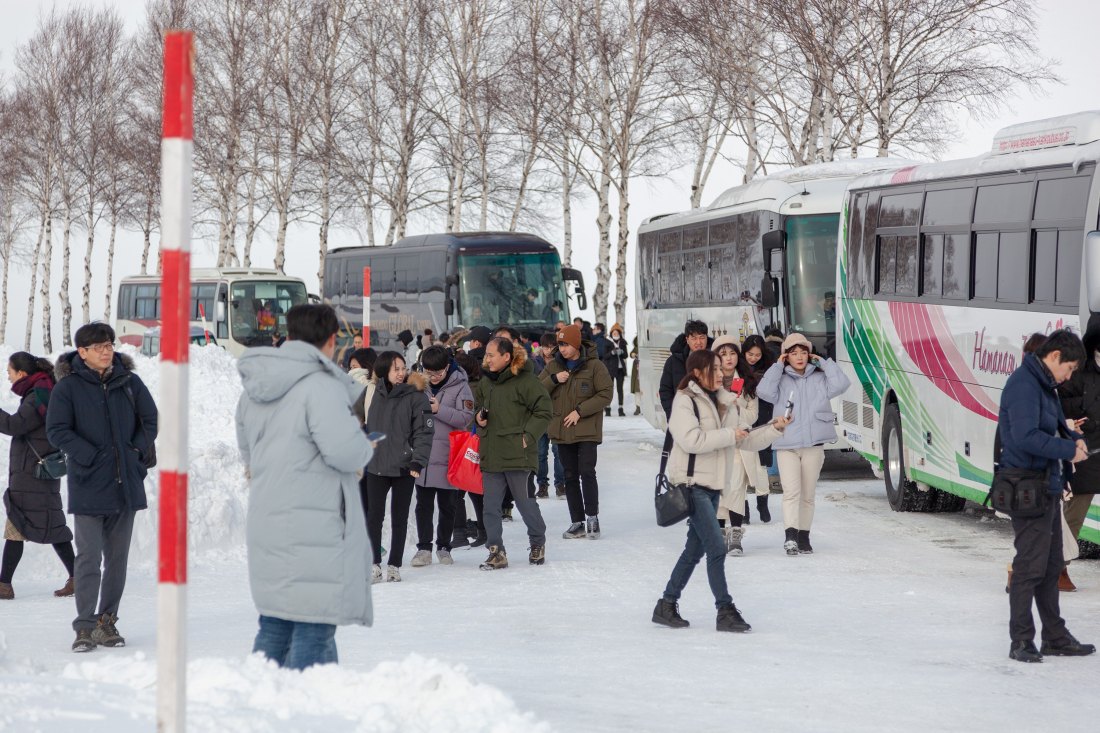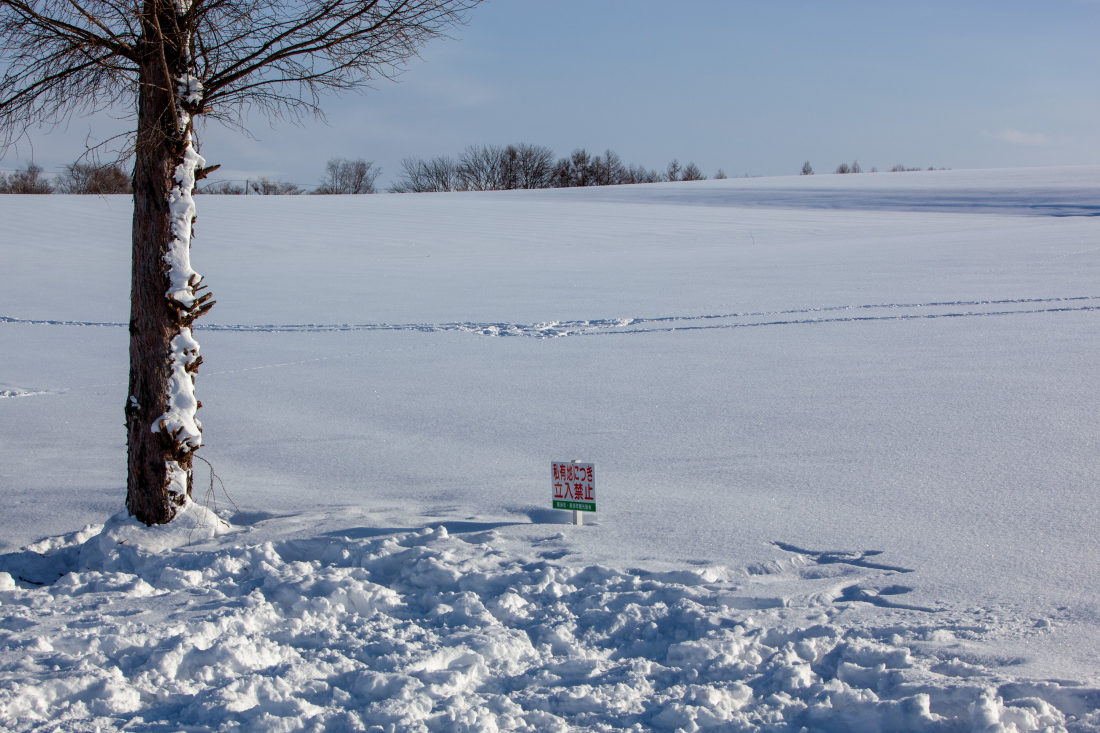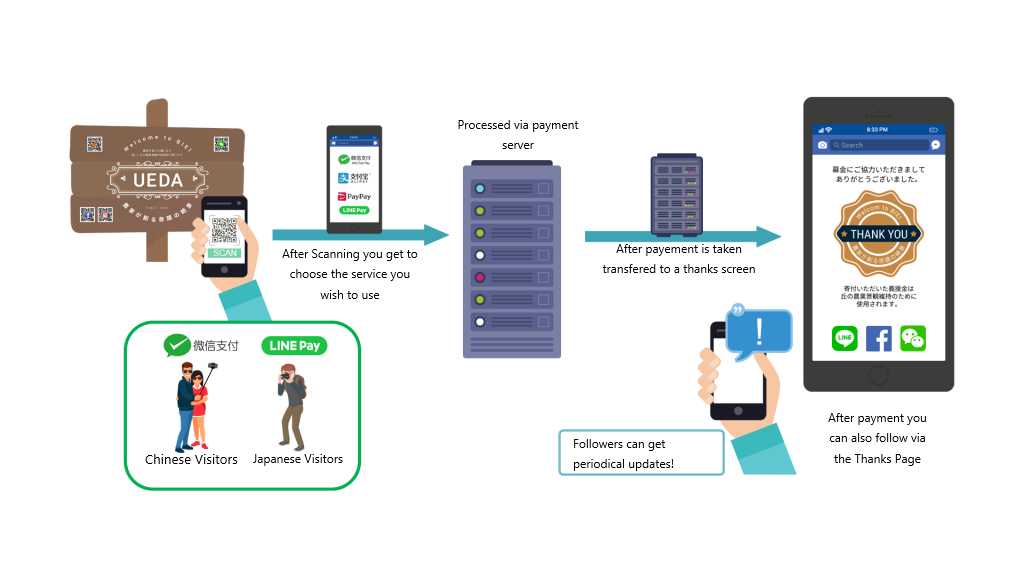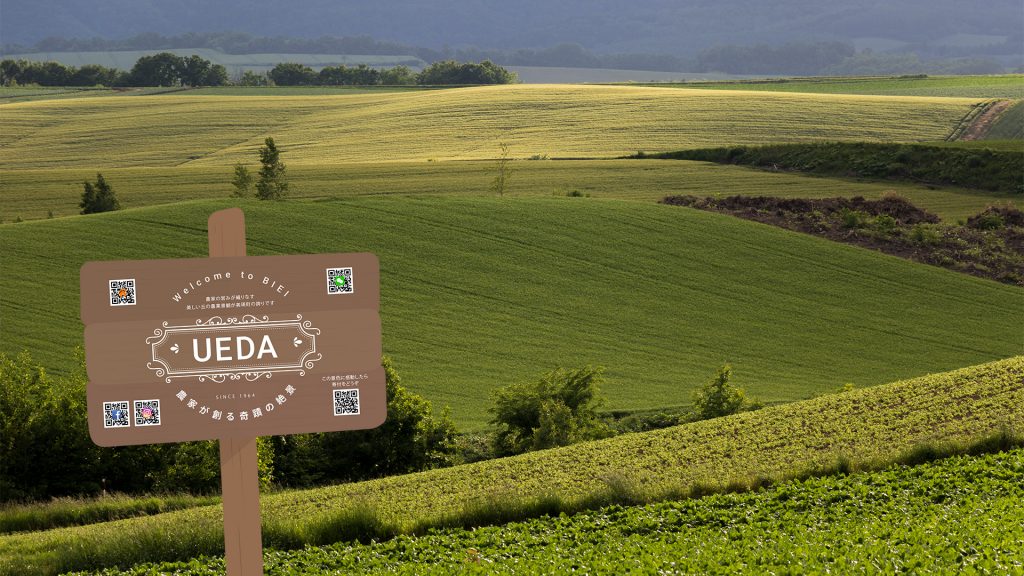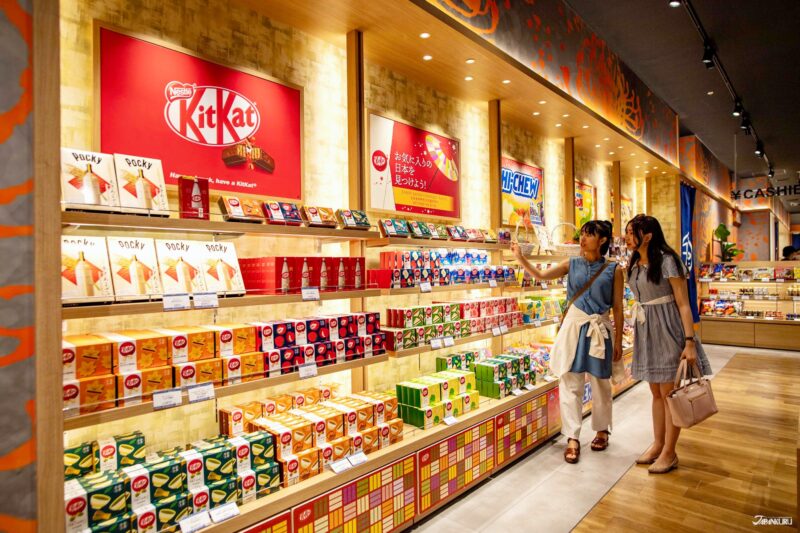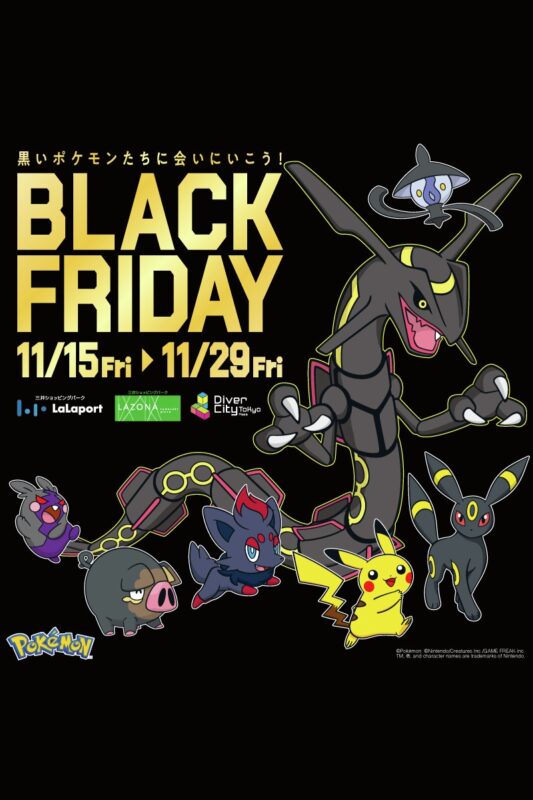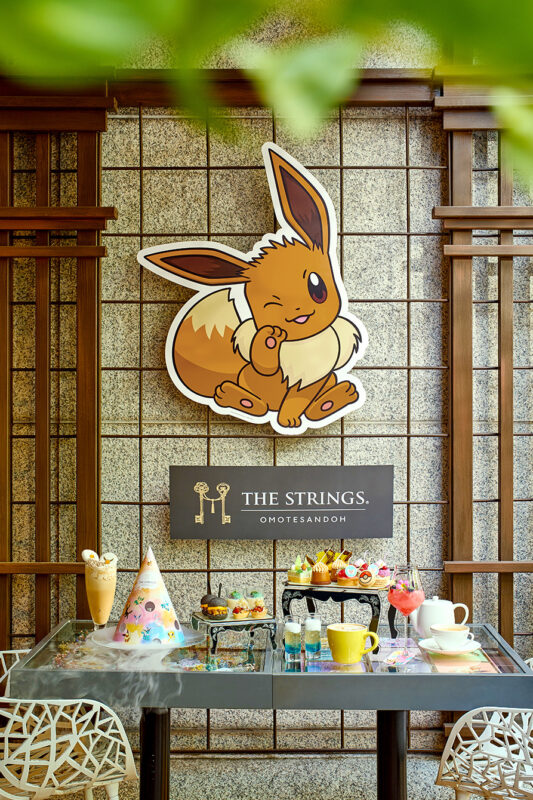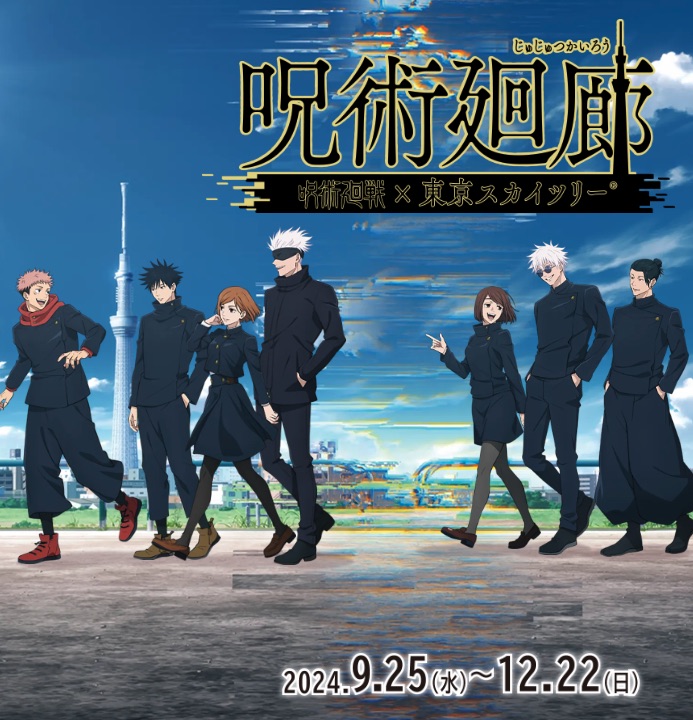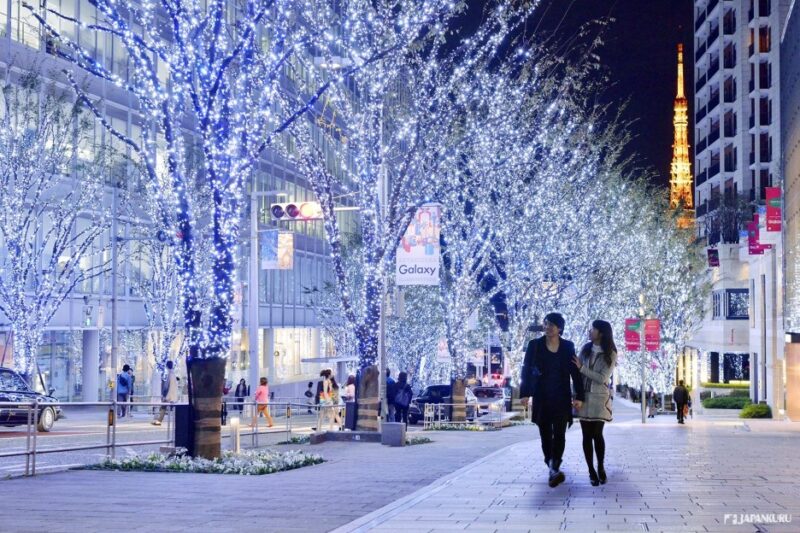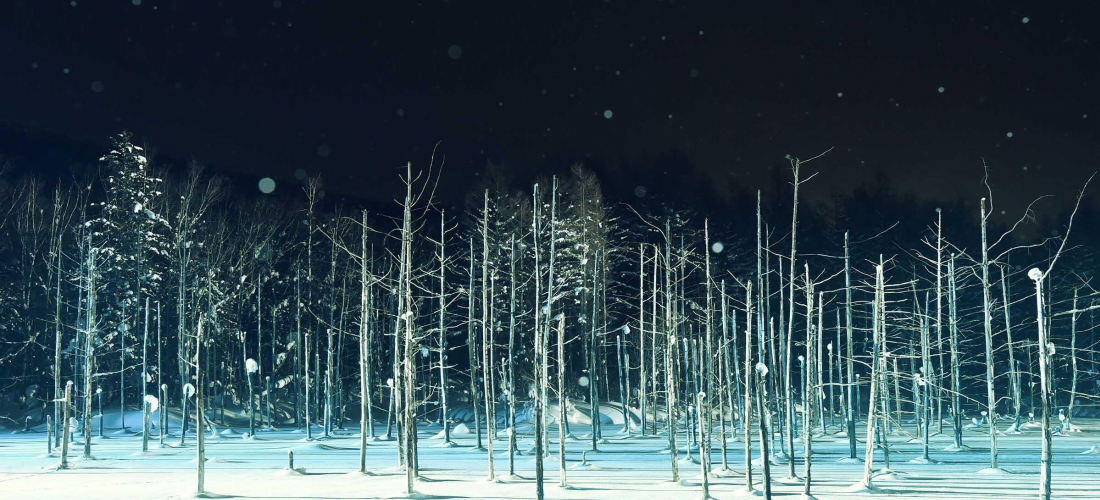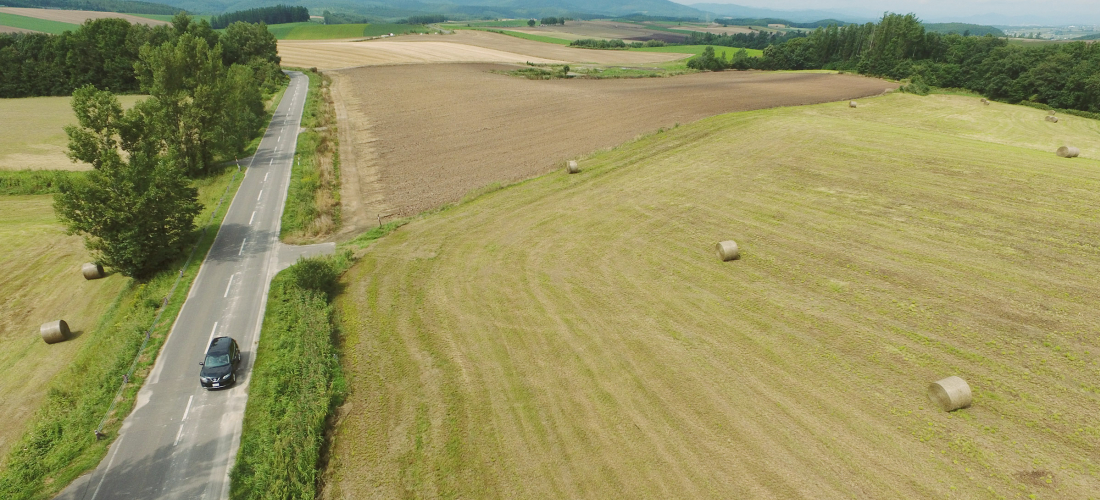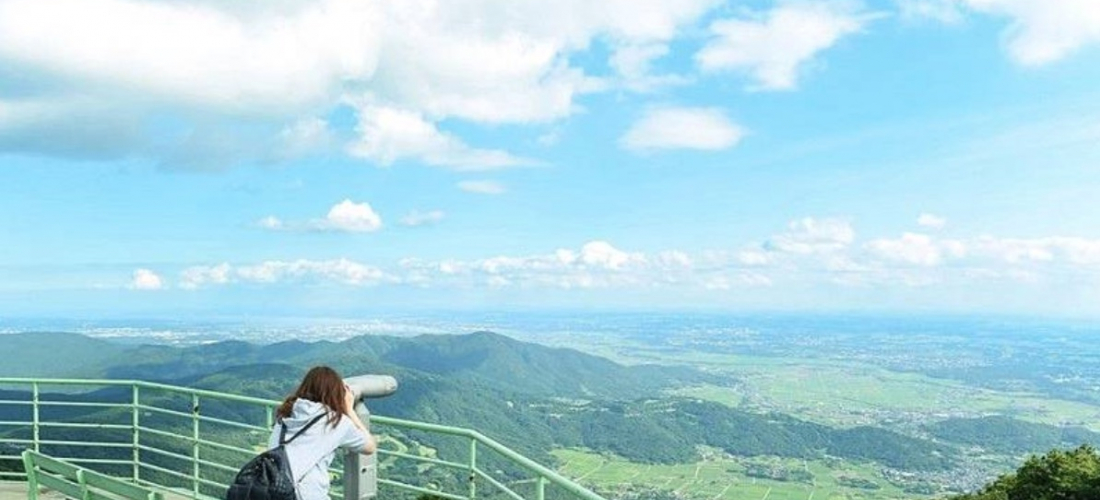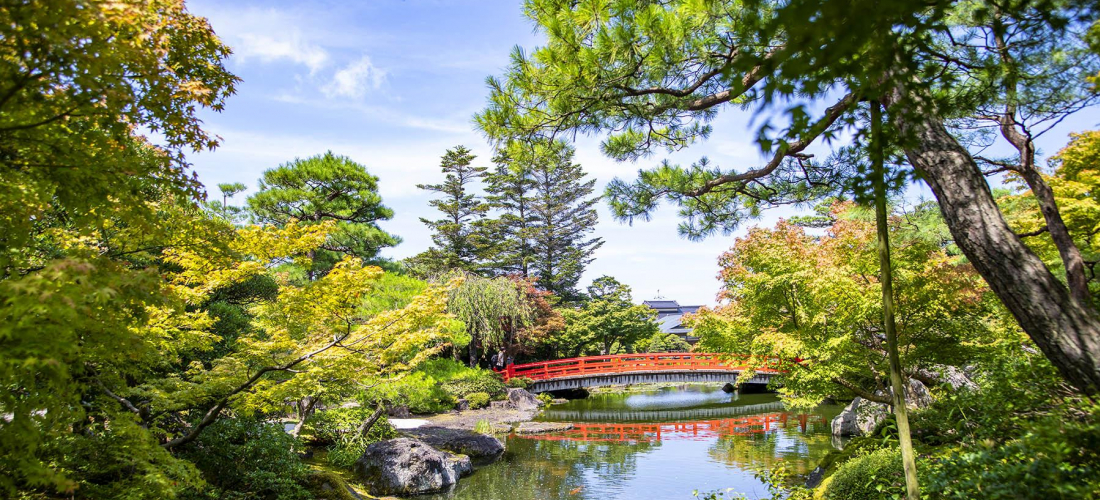CONTENTS
Biei, Hokkaido – Naturally made rolling hills and beautiful fields of flowers.
Biei is a small but popular area found in the middle of Hokkaido Prefecture. Created from the Volcanic eruption of Mt. Tokachi-dake, the natural rolling hills are home to some of Japan's most fertile ground.
Because of this an abundance of amazingly delicious produce is harvest each season!
Natural Beauty at Every Turn, a Photographer’s Dream!
The landscape and hard work of the farmers making their living in Biei has led to an amazing sight to behold. With this, amatuer and professional photographers the world over visit here to improve their skills and to try their hand at capturing an amazing picturesque scenery.
It is this place that has created some world renowned photography stars such as Toshiki Nakanishi, one of Japan's leading scenery photographers and introduced by Canon on various projects
You can see a selection of some of his pictures below.
Home to the Seven Stars Tree and now-felled Philosophy Tree
The Philosophy Tree was named after the way it appeared slanting as if in thought. Due to this it received an inordinate amount of media attention, leading it to be inundated with people trying to clamour for a shot with the tree.
However being in the middle of private farmland, it meant that a whole host of visitors trespassed on the land. With so many people visiting the tree, it became a huge risk of contamination to the field itself, and so in 2016.
But this in itself created problems, with people that don't know it doesn't exist trying to find the tree and tresspassing in other areas.
The Seven Star Tree is famous for being on the packet of Seven Stars Cigerettes, a famous brand here in Japan. From then it became a spot to visit for those wishing to see it in real life.
The tree is also located close to the road making it easy to get close enough for a great picture, without actually trespassing.
Visitors and Overtourism – Breaking the rules and causing damage
With visitor numbers reaching over 17,000,000 people each year, it is no wonder that problems arise.
In 2018 alone, there was a 20% increase of visitors from Taiwan, South Korea and China.
In particular, the majority of this increase in Winter with a large number of tourist coming in from South Korea, with their aim to find and take pictures at iconic sightseeing spots.
As well as this, the lovers of Japanese foods, its onsens and powder snow, and the lure of a pre Olympic Japan also brought in Chinese skiers.
Additionally, an increase of arrivals from Finland via the Helsinki⇔ New Chitose Airport, and the Seoul⇔ Asahikawa connections that were created recently could be seen.
Finally due to programs making it possible to experience farmlife, this also had an effect.
But while there has been amazing visitors keeping to the paths and being polite, on the other hand there are those that visit and go against standard rules and manners, such as trespassing and parking in the middle of farming lanes that the farmers use for tractors.
This is getting worse, and the blame doesn’t lie just with normal visitors.
Due to the large effect that so called “influencers” have, when they also trespass on the fields for the “perfect shot” or take pictures and upload them on SNS, there is an immediate increase of their followers visiting trying to get the same shot or the same angle for themselves.
With this comes problems such as the risk of contamination via pests bought from overseas. While it may seem small, just one outside contamination can risk a whole field and in turn, a farmers livelyhood.
However, one of the biggest causes of this problem, is that the visitors simply don’t know that it’s wrong, that the correct information isn’t available. So something must be done to help combat this.
Bringing the Visitors and Farmers together via Crowdfunding
Because of these problems, and the fact that the visitors and the farmers ideals aren't aligning, the area's people have been collating ideas on how to change things! They have arrived on using crowdfunding to bring about change!
The idea is to change how people thing of the area, by raising money to create special signs that will be digitally interactive as well as allow for people to donate to individual farmers. By doing so, they hope that the visitors can understand that both the lands are private, as well as see how much work goes into making this type of land.
The project can be found on Japankuru Funding at: https://en.japankurufunding.com/projects/bieiprotection/
And their Facebook Page can be found here: https://www.facebook.com/farmland.biei/
Hey everyone! We hope that we can help you keep up to date with all the projects and things we have going on over at Japankuru Funding! We hope that you find the projects on the site as interesting as we do!
COMMENT
FEATURED MEDIA
VIEW MORE
Tokyo Shopping Spot Recommendation: New Balance Kichijoji #newbalance #newbalancekichijoji #newbalancejapan #japanesesneakerheads #shoppinginjapan #japantrip #도쿄여행 #도쿄쇼핑 #뉴발란스 #일본한정 #일본패션 #日本購物 #日本買衣服 #NB #日本時尚 #東京購物 #รองเท้าnewbalance #นิวบาลานซ์ #รองเท้าผ้าใบ #ช้อปปิ้ง #คิจิโจจิ #japankuru

See Kyoto Clearly With Your New Glasses #japankuru #kyoto #jins #교토여행 #진즈 #京都 #교토수족관 #가모가와 #kamogawa #kyotoaquarium

The First Japanese Converse Flagship: CONVERSE STORE HARAJUKU #japankkuru #conversejp_pr #conversejapan #harajuku #tokyotrip #converse #tokyoshopping #匡威 #帆布鞋 #東京購物 #原宿 #日本時尚 #일본쇼핑 #일본컨버스 #일본한정 #하라주쿠 #일본패션 #일본스트릿 #รองเท้าconverse #รองเท้าผ้าใบ #ช้อปปิ้ง #ฮาราจูกุ #คอนเวิร์ส

Japanese Makeup Shopping • A Trip to Kamakura & Enoshima With Canmake’s Cool-Toned Summer Makeup #pr #canmake #enoshima #enoden #에노시마 #캔메이크 #japanesemakeup #japanesecosmetics

⚔️The Robot Restaurant is gone, but the Samurai Restaurant is here to take its place. Check it out, and don't forget your coupon! 🍣신주쿠의 명소 로봇 레스토랑이 사무라이 레스토랑으로 부활! 절찬 쿠폰 발급중 💃18歲以上才能入場的歌舞秀,和你想的不一樣!拿好優惠券去看看~ #tokyo #shinjuku #samurairestaurant #robotrestaurant #tokyotrip #도쿄여행 #신주쿠 #사무라이레스토랑 #이색체험 #할인이벤트 #歌舞伎町 #東京景點 #武士餐廳 #日本表演 #日本文化體驗 #japankuru #japantrip #japantravel #japanlovers #japan_of_insta

Japanese appliance & electronics shopping with our KOJIMA x BicCamera coupon! 用JAPANKURU的KOJIMA x BicCamera優惠券買這些正好❤️ 코지마 x 빅 카메라 쿠폰으로 일본 가전 제품 쇼핑하기 #pr #japankuru #japanshopping #kojima #biccamera #japaneseskincare #yaman #dji #osmopocket3 #skincaredevice #日本購物 #美容儀 #相機 #雅萌 #日本家電 #일본여행 #면세 #여행꿀팁 #일본쇼핑리스트 #쿠폰 #일본쇼핑 #일본브랜드 #할인 #코지마 #빅카메라 #japankurucoupon

Odaiba's DiverCity Tokyo Plaza is home to the famous real-size 20m-tall Unicorn Gundam, and the popular shopping center has even more Gundam on the inside! Check out the Gundam Base Tokyo on the 7th floor for shelves upon shelves of Gunpla, and the Gundam Base Tokyo Annex on the 2nd floor for cool anime merchandise. Both shops have tons of limited-edition items! #pr #odaiba #tokyo #tokyotrip #japantrip #japantravel #PR #divercity #divercitytokyoplaza #tokyoshopping #gundam #unicorngundam #gundambasetokyo #anime #otaku #gunpla #japankuru #오다이바 #다이바시티도쿄 #오다이바건담 #건담 #일본건담 #건프라 #건담베이스도쿄

